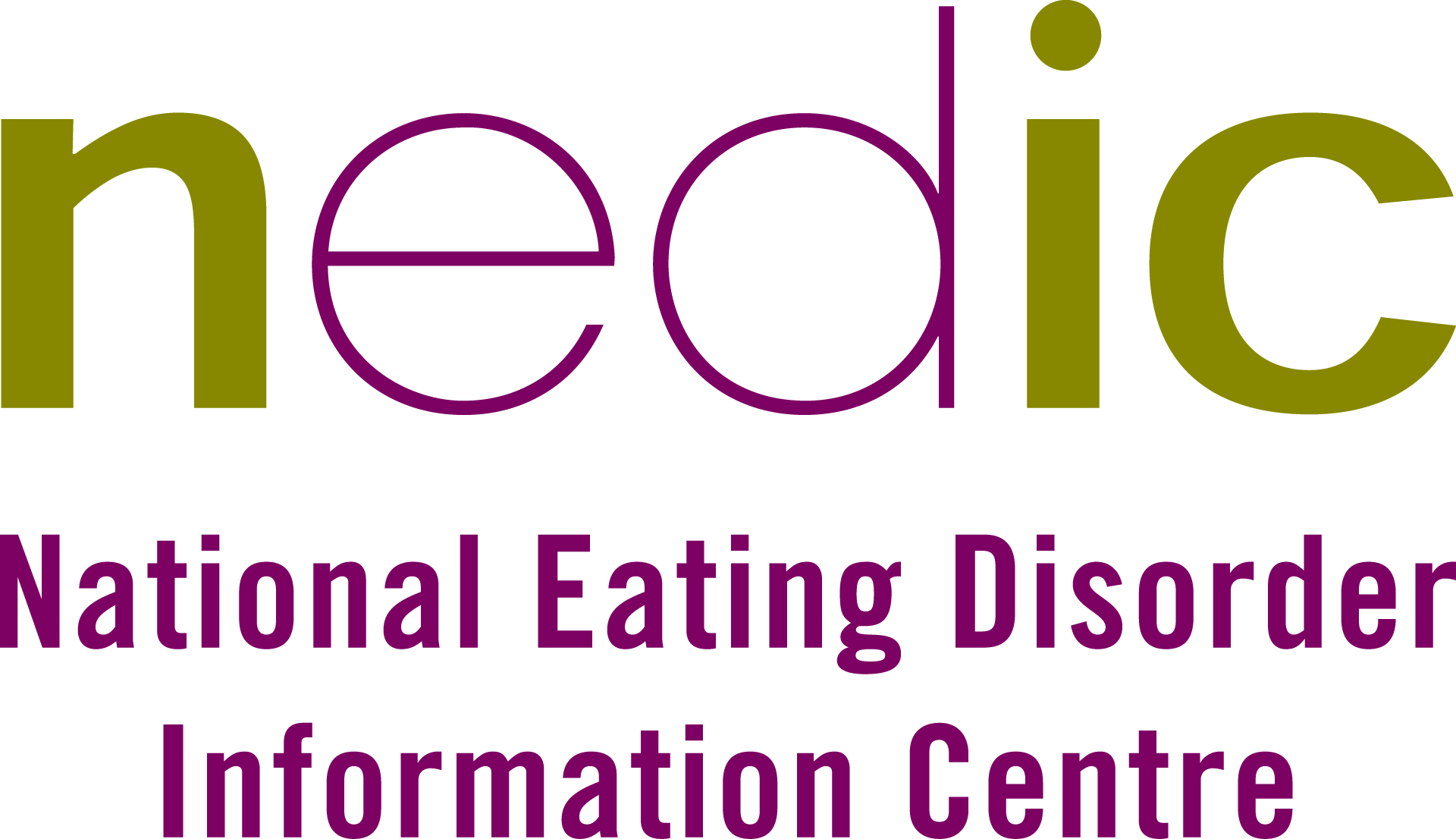
Appearance-based bullying and bullying of any kind can lead to low self-esteem and body dissatisfaction – key predictors of eating disorder development. Seemingly “minor” teasing and throwaway comments about someone’s appearance can profoundly and negatively affect someone who is vulnerable to developing an eating disorder. These micro levels of discrimination and exclusion can perpetuate broader experiences of discrimination, oppression, and trauma, which only increase the risk of eating disorder development.
Life transitions can be times of heightened stress, especially if someone is already struggling. For some people entering college or university, the challenges of living away from home are compounded with a high-pressure academic and social environment. Being away from family, familiar loved ones, and their existing support system can amplify isolation and stress. New friends may not notice the warning signs or know what to do. For those already receiving treatment, the transition can disrupt and prevent continuity of care as new providers may be introduced. Students experiencing economic insecurity may struggle to nourish themselves, especially if they have to cook for oneself, which takes time, energy, and money; they may feel the need to prioritize working part-time or skipping meals to make ends meet. Access to food can also be challenging; for example, school catering – for those with meal plans – may not offer enough “safe” foods. Fundamentally, as students embark on finding their identity, these environmental factors can all contribute to the development or exacerbation of an eating disorder.
Here are some signs may become especially apparent in the school environment:
Some students may exhibit multiple signs which suggest further assessment and approaching the student with respectful curiosity may be warranted. Keep in mind that these signs do not necessarily indicate someone is affected by an eating disorder nor does an individual have to experience all of these in order to be impacted. Disordered eating commonly co-occurs with other mental health and neurological conditions, so staying vigilant about the student’s physical, emotional, and social well-being will be critical for early intervention.
Restricted eating negatively affects cognitive functioning; ability to concentrate and skills like abstract and critical thinking may diminish or appear absent. Emotion regulation also becomes more challenging, and preoccupation with food, weight, or shape may lead to social withdrawal and avoidance. There is a lot of stigma and shame in the eating disorder experience; ensuring that the school environment and classroom are judgment-free spaces with a zero tolerance policy for discrimination and harassment can strengthen help-seeking.
Young people under age 18 and receiving treatment for their eating disorder often have caregivers directly involved in their care. Consult any relevant school policies around supporting a student experiencing an illness and/or engage in a conversation with any school- or board-level supports (e.g., school leadership and administration, school counsellors, board social workers, mental health leads); this can be helpful in ensuring everyone involved at school is on the same page with supporting the affected student. In some instances, a student’s treatment team might provide information and resources that can help you meet the student’s new learning needs or accommodate changes in their physical strength and concentration. Check if it’s within the scope of the school team’s roles and capacity and communicate any need for additional family- or community-based support. For post-secondary students especially, faculty and staff may find it prudent to ensure the student has access to financial and/or housing support if needed.
Suggestions for academic support:
Suggestions for social/emotional support:
Remember that eating disorders also profoundly impact family members and friends supporting a loved one. Students who are caring for or supporting a sibling/family member/friend with an eating disorder may themselves experience difficulties functioning at school due to the stress, and may require additional psychosocial and academic support.
A whole-school approach focuses on optimizing the school environment and ranges from broader policy and curriculum considerations to supporting the interpersonal relations between students, educators, and caregivers.
Some examples of policy and curriculum focused prevention-based strategies:
At NEDIC, we believe in the importance of collaborating with students, educators, caregivers, and parents to build understanding of body image, self-esteem, media literacy, body-based bullying, and constructive approaches to food. By targeting all elements of a school environment, this provides individuals with strategies to navigate conversations about weight, food, and shape both within the classroom and beyond. A whole-school approach to eating disorder prevention strives to disseminate community resources to better support students who may be struggling with eating disorders, disordered eating, and/or body image preoccupation. Overall, when students, teachers, caregivers, and parents are on the same page, we can create safer spaces for young people to learn and grow. Our mission is for young people to feel respected and accepted in all environments, with key values of body inclusivity, celebration, and embracement.
NEDIC’s community education programming is delivered to over 20,000 people across Canada every year. Our vision is to have home, school, youth-facing, and healthcare environments that are body-inclusive, where people feel accepted and respected. Our sessions blend best practices in health and education policy to increase your confidence in navigating the vast array of information around food, weight, exercise, and health in a non-discriminatory manner.
Visit our community education page for details about our programming for students, educators, support staff, and caregivers.
Beyond Images and Au dela de l'image are free, in-class self-esteem and body image curriculum available to Grades 4-8 educators across Canada. Now available in English and French, it includes lesson objectives and plans, contemporary mixed media examples, student worksheets, evaluation rubrics, and backgrounders/tip sheets. Visit here to learn more.